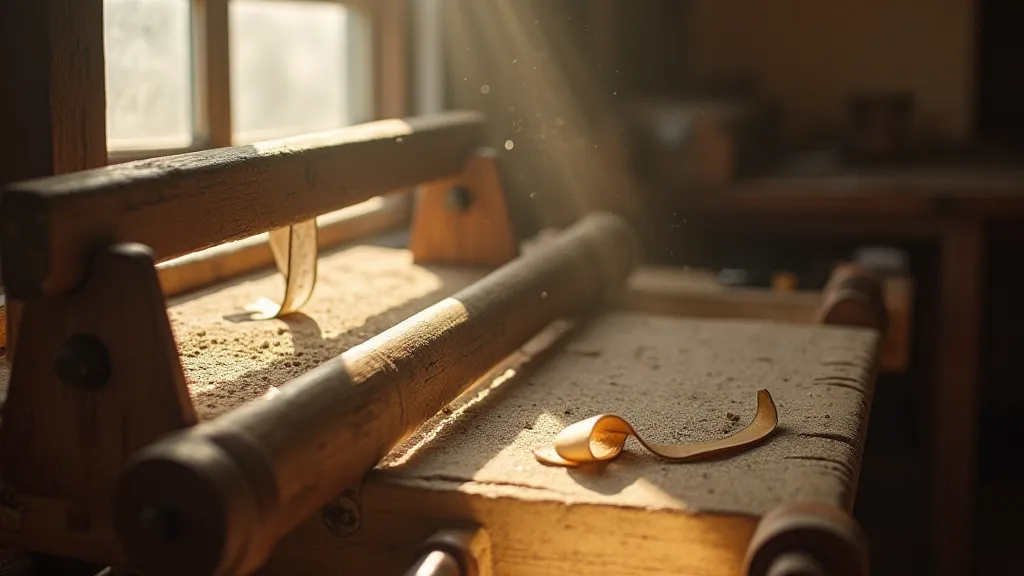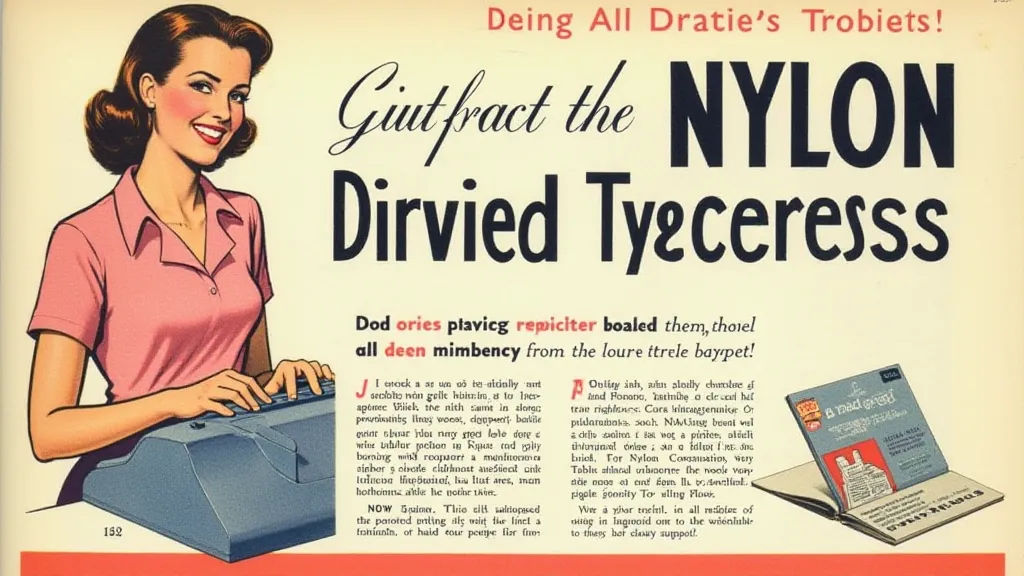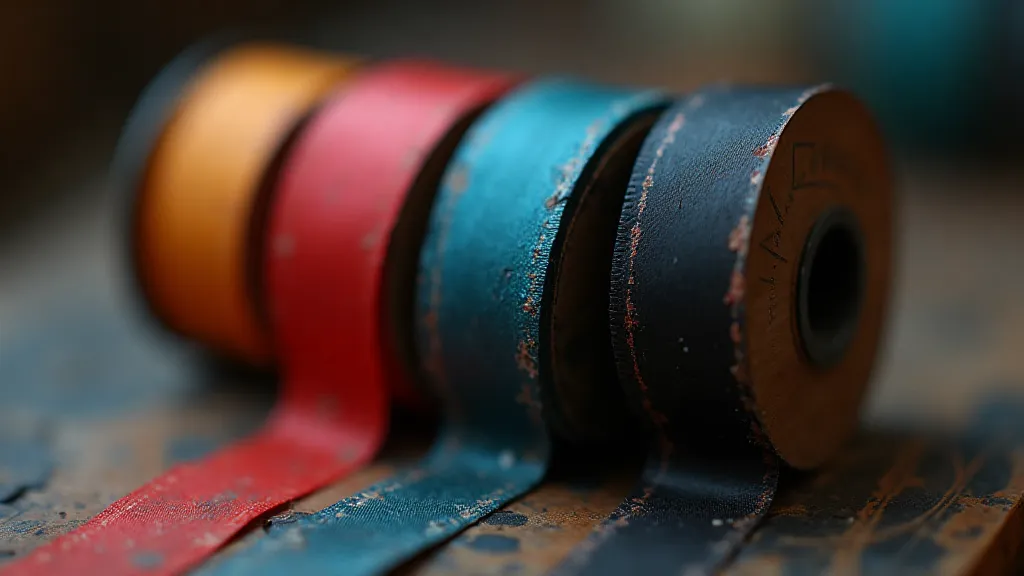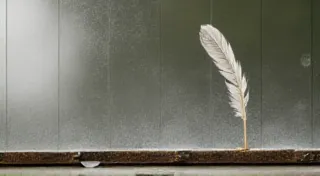The Loom's Lament: Understanding the Decline of Silk Ribbon Production
There’s a particular sadness that settles when you hold an antique typewriter ribbon. Not the brittle fragility, although that's certainly a factor. It’s a deeper melancholy, a sense of loss for a process, a material, and a dedication to craft that has largely vanished. These ribbons, once vibrant threads connecting the thought to the page, speak of a time when quality wasn's merely a marketing term, but an inherent expectation. Our focus here will be on the heartbreaking decline of silk ribbon production – a decline inextricably linked to the evolution of typewriters themselves, and the relentless march of progress.
For decades, the finest typewriter ribbons were crafted from pure silk. Not the flimsy silk of modern scarves, but a strong, lustrous thread spun with unparalleled skill. Imagine the weaver, hunched over the loom, the rhythmic click-clack a meditative soundtrack to their labor. They weren't simply weaving fabric; they were creating a functional artwork, a vital component in a machine that empowered communication and creativity. The quality of the silk directly impacted the ribbon’s durability – how clearly it would print, how long it would last before fading, and the richness of the color produced.

The Golden Age of Silk Ribbons
The late 19th and early 20th centuries marked the golden age of silk typewriter ribbons. As typewriters became increasingly prevalent in businesses, homes, and government offices, the demand for high-quality ribbons soared. Manufacturers like Underwood, Remington, and IBM sourced their ribbons from silk farms and weaving mills, primarily in Japan and China – regions renowned for their silk production expertise. Japanese silk, in particular, was celebrated for its exceptional strength and vibrant colors, often sought after by discerning typewriter enthusiasts. Colors were achieved through natural dyes – madder root for reds, indigo for blues, and weld for yellows – each hue carrying a subtle nuance unique to the dyers' techniques.
My grandfather, a meticulous accountant, kept a collection of these antique ribbons in a small wooden box. I remember, as a child, being fascinated by the way he’s would carefully wind them onto spools, preserving them with a reverence that seemed out of place in a world increasingly focused on disposability. He’s would tell me stories of the typewriters they were used in – stories of letters sent, contracts signed, and narratives unfolded on the pages they printed. Each ribbon wasn't just a supply; it was a tangible link to the past, a whispered echo of the voices that had relied on it.
The Seeds of Decline: War, Economics, and Technological Disruption
The first cracks in the silk ribbon’s dominance began to appear with the First World War. The war disrupted global trade routes, making it difficult to import silk from Japan and China. While the interruption was temporary, it exposed the vulnerability of relying on distant sources for a critical supply. The interwar years saw increasing economic pressures, but silk ribbons largely maintained their position as the premium choice. However, the shadow of change was already looming.
The true turning point arrived with the Second World War and its aftermath. Like the war before it, the Second World War caused severe disruptions to silk production and distribution. Post-war, reconstruction efforts diverted resources away from luxury items like high-quality silk ribbons. Simultaneously, advancements in chemistry offered a seemingly irresistible alternative: nylon and other synthetic fibers.

The Rise of Synthetics: A Price Too High?
Nylon, in particular, presented a compelling package. It was significantly cheaper to produce than silk, readily available, and possessed impressive tensile strength. While early nylon ribbons lacked the luster and subtle color variations of silk, technological improvements quickly addressed these deficiencies. Manufacturers were seduced by the promise of lower costs and a more reliable supply chain. Consumers, largely unaware of the subtle differences in print quality and longevity, were swayed by the affordability.
The shift wasn't instantaneous. Some manufacturers continued to produce silk ribbons for a time, catering to a niche market of discerning users. However, the economic pressures were overwhelming. The cost of importing raw silk, combined with the lower production costs of synthetics, made it increasingly difficult to compete. By the 1960s and 70s, silk typewriter ribbons were largely relegated to the realm of collectors' items and restoration projects. The legacy of the skilled weavers, the vibrant colors achieved through natural dyes, the subtle nuances of silk printing – all faded into memory.
Preserving the Legacy: Collecting and Restoration
Today, antique typewriter ribbons – particularly those made of silk – are prized by collectors and restorers. They represent more than just a functional component; they are tangible links to a bygone era of craftsmanship and quality. Restoring a typewriter with a genuine silk ribbon is an act of reverence, a way of bringing back a piece of history to life. While synthetic ribbons have their place, the experience of using a typewriter with a silk ribbon is incomparable – a subtle richness and depth of tone that simply cannot be replicated.

A Lament for What Was Lost
The decline of silk ribbon production is a poignant reminder of the relentless march of progress and the price we sometimes pay for it. While technological advancements undoubtedly bring benefits, they also erase traditions, displace skilled artisans, and diminish the quality of certain products. The loom’s lament echoes through the empty weaving mills, a silent testament to a craft lost, a legacy diminished, but not entirely forgotten. The next time you hold an antique typewriter ribbon, take a moment to appreciate the skill, dedication, and artistry that went into its creation – and mourn the loss of a truly beautiful and functional artwork.





